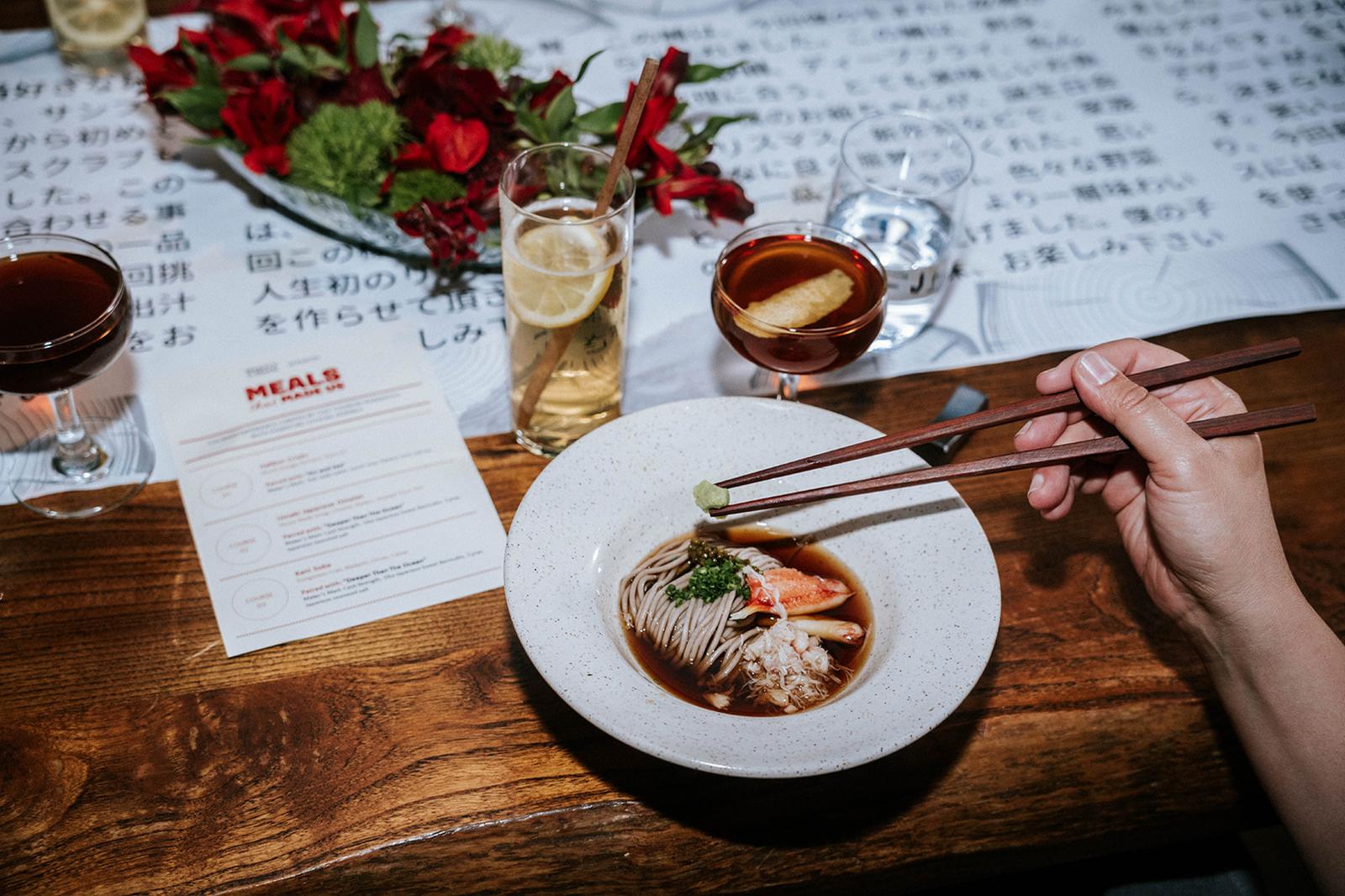We’ve all felt the frustration of waiting on guests to RSVP to an event. Heck, we may have even been the guests who waited until the last minute to respond or (GASP!) didn’t respond at all. It’s an issue as old as time. Whether you’re prepping for a wedding, birthday, graduation, or even a corporate event, the invitation and RSVPs are a crucial part of the planning process.
Get Your Guests To RSVP With These 6 Secrets:
Seasoned event planners know that getting people to commit to an event and attend can be tricky. Sometimes it feels like the only way to get the RSVPs to come in is to remind your guests to respond every single day until they do. But then you risk having no guests at your event because you would have annoyed them to the point where they say, thanks but no thanks. With that in mind, we gathered a few less annoying tactics to increase RSVP and save-the-day commits to ensure guests follow through on their promise to attend.
1. Always start with Save-the-Dates
This should be standard practice for larger, more formal events such as weddings, graduation celebrations, and corporate events. Save-the-dates are simple direct mailers or emails that alert your guests that a date has been selected for an upcoming event, that they are invited, and that the details will follow soon. This gives your guests plenty of notice to figure out their availability ahead of time and make plans to attend or not.
Graduation parties, for example, have a better show rate when you take the initiative to reach out a month or two in advance with a confirmed date and time of day. This also gives you plenty of time to sort out the details for the official invite.
No RSVP is required for this notification-only correspondence.
2. It’s not always best to ditch traditional for digital
Yes, we live in a highly digital world, and the trend to move towards digital-only invites is a popular one. Not to mention an affordable one. But, while this type of invite can work very well for casual get-togethers, it’s not entirely appropriate for all events, and it can even hurt your attendee rate.
Leaving your event attendance at the mercy of Facebook or email in-boxes means that your party is more likely to get lost in the digital shuffle. Even worse, seeing all those digital “yes” RSVP may send the wrong message about who is attending. If the assumption is that all of the other guests are attending, it’s much easier for attendees to justify backing out at the last minute. Facebook, in particular, offers that vague “interested” option that leaves the host wondering whether or not someone intends to show up.
Of course, using technology to streamline the event planning process is a smart move, but the invite is one area where it may not be the most effective solution. Give your guests the impression that they are worth the postage price and that their presence is meaningful to you. Even just investing in a well-designed but simple postcard will likely increase your RSVP numbers.
3. Give 3 Ways to Reply
Here’s a fun fact, one in four smartphone users haven’t used their phone to make a call in the past week. It may sound crazy, but in this day and age, it doesn’t surprise me. And this is one great reason why asking guests to RSVP by calling you should not be the only reply option you offer them.
Consider offering multiple ways for people to RSVP. Calling, texting, emailing, and direct mail replies are all great options. Do what works best for you and also what you think would be the best options for your guests.
4. Explain your “RSVP” clearly
Simply saying, “Please RSVP by August 10th,” could sound confusing to some guests. Consider using specific language in order to make the ask more clear. For example, “Please reply by filling out the confirmation card and placing it in the mail by August 10th.”
Try to stay away from “regrets only” invites, meaning those who plan to attend need not take any further action. You run the risk of people just not responding because they forgot and you take that as a yes reply.
5. Track and Nudge (lightly)
If your event depends on every single place setting being perfectly planned and executed, there’s no wiggle room on RSVP responses. Do a thorough job of tracking each response and lack of response. If the catering order due date is looming and you don’t see a friend or family member’s reply, it’s OK to give them a call or shoot them a quick text to remind them that the deadline to reply is coming up fast. Just don’t overdo it with nudges.
6. Clarify any possible unknowns
Often, people don’t RSVP on time because they have a question that impacts whether or not they can attend. To minimize this, be sure to address as many questions as possible in the invitation itself. Are children allowed? What is the dress code, if any? Will the event take place indoors or outdoors? Does the menu allow for dietary restriction modifications?
While the answers to these questions shouldn’t move a guest’s reply one way or the other, those who may be on the fence can indeed hold off on an RSVP out of the fear of the unknown. Put their worries at ease and be proactive about answering the most common questions. Even if the answer ends up being “no,” you’ll have a more accurate guest count to work with for your event.
Unless you plan events for a living, you probably didn’t realize how much a well-thought-out RSVP strategy can impact attendance. Do your best to anticipate the needs of your guests from the very first moment they receive your save-the-date or invitation. By setting a tone of gratitude and celebration, you ensure that your event starts on the right foot even before it begins.



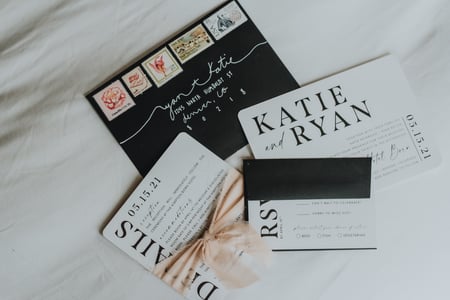

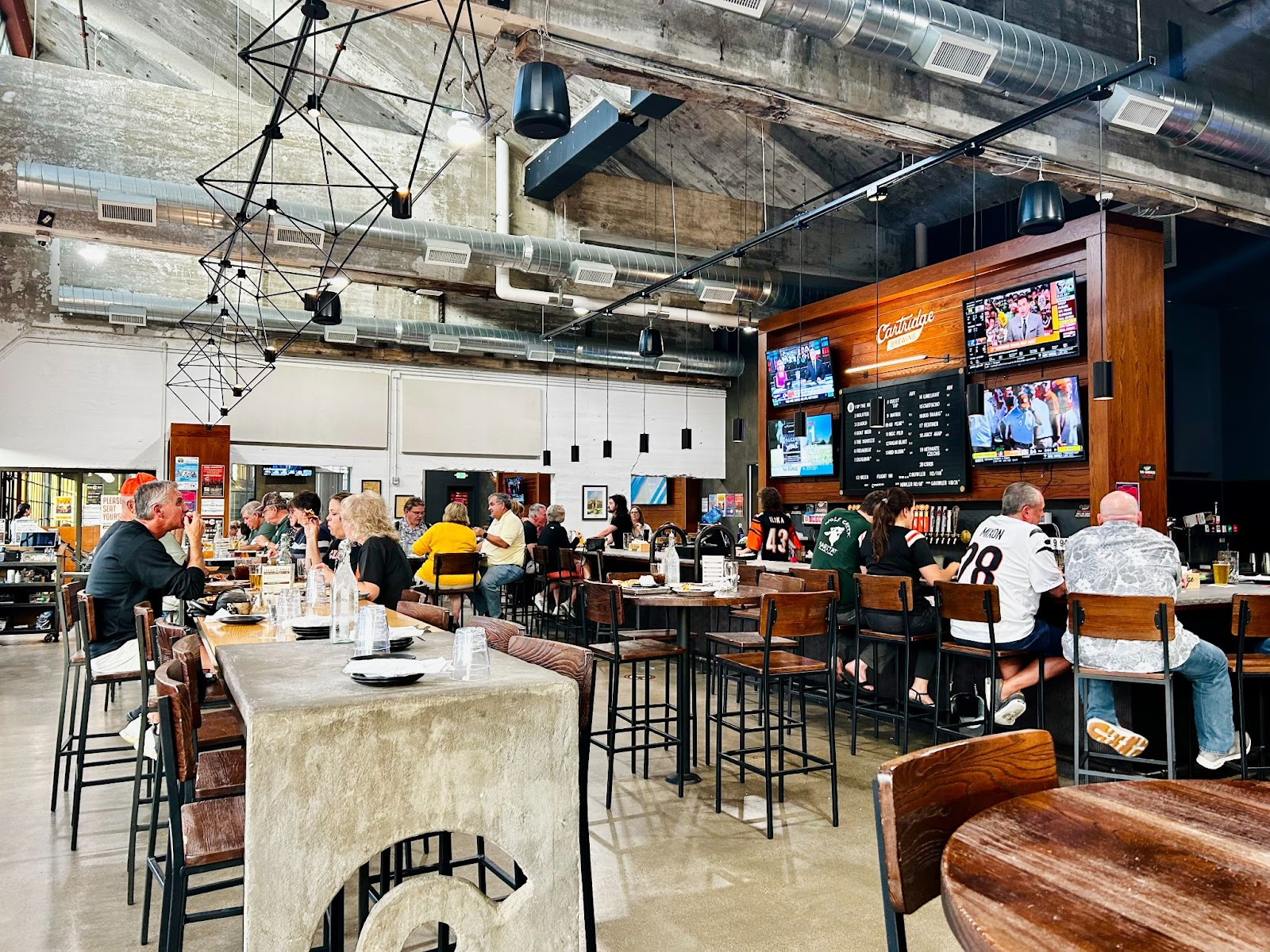










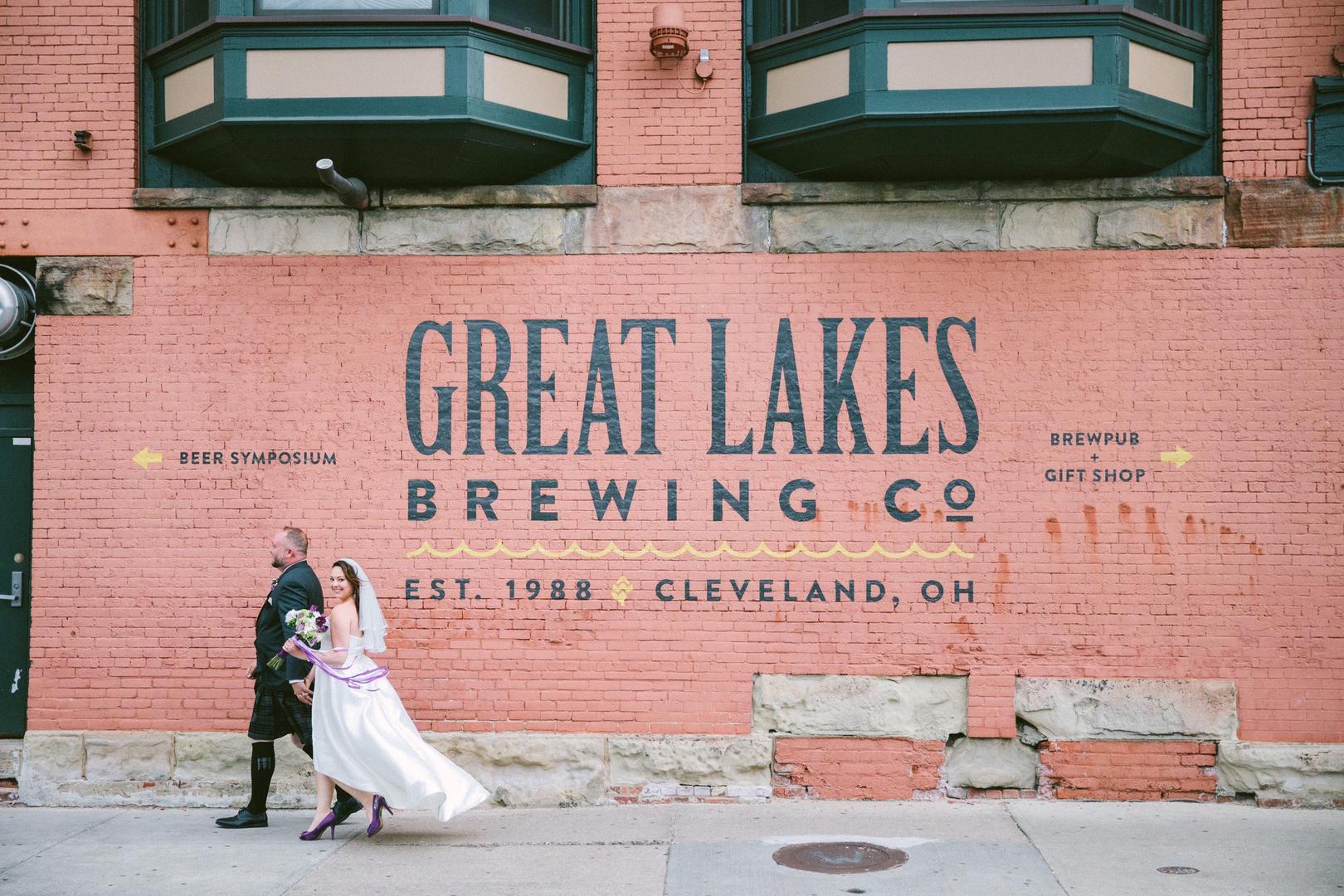
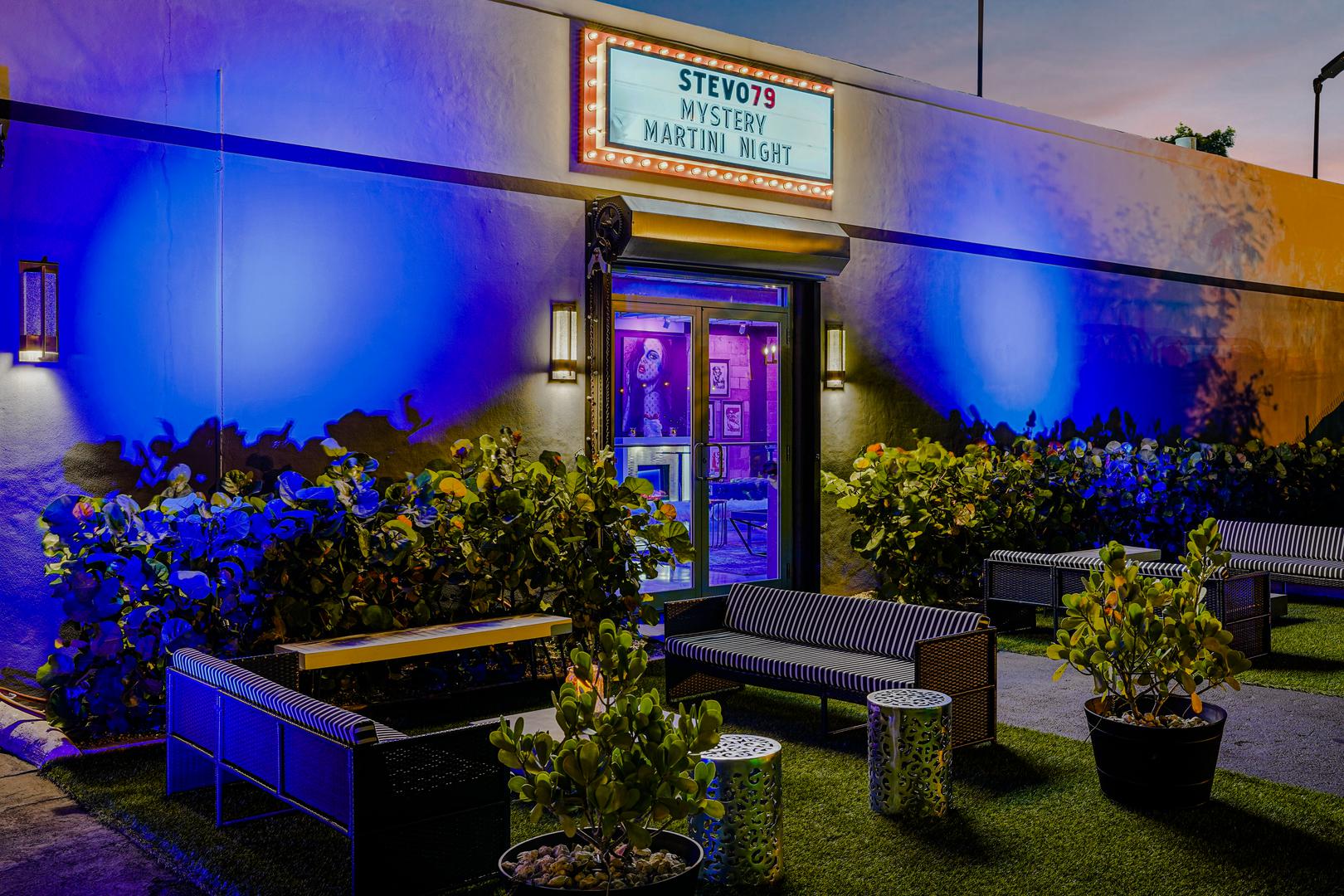

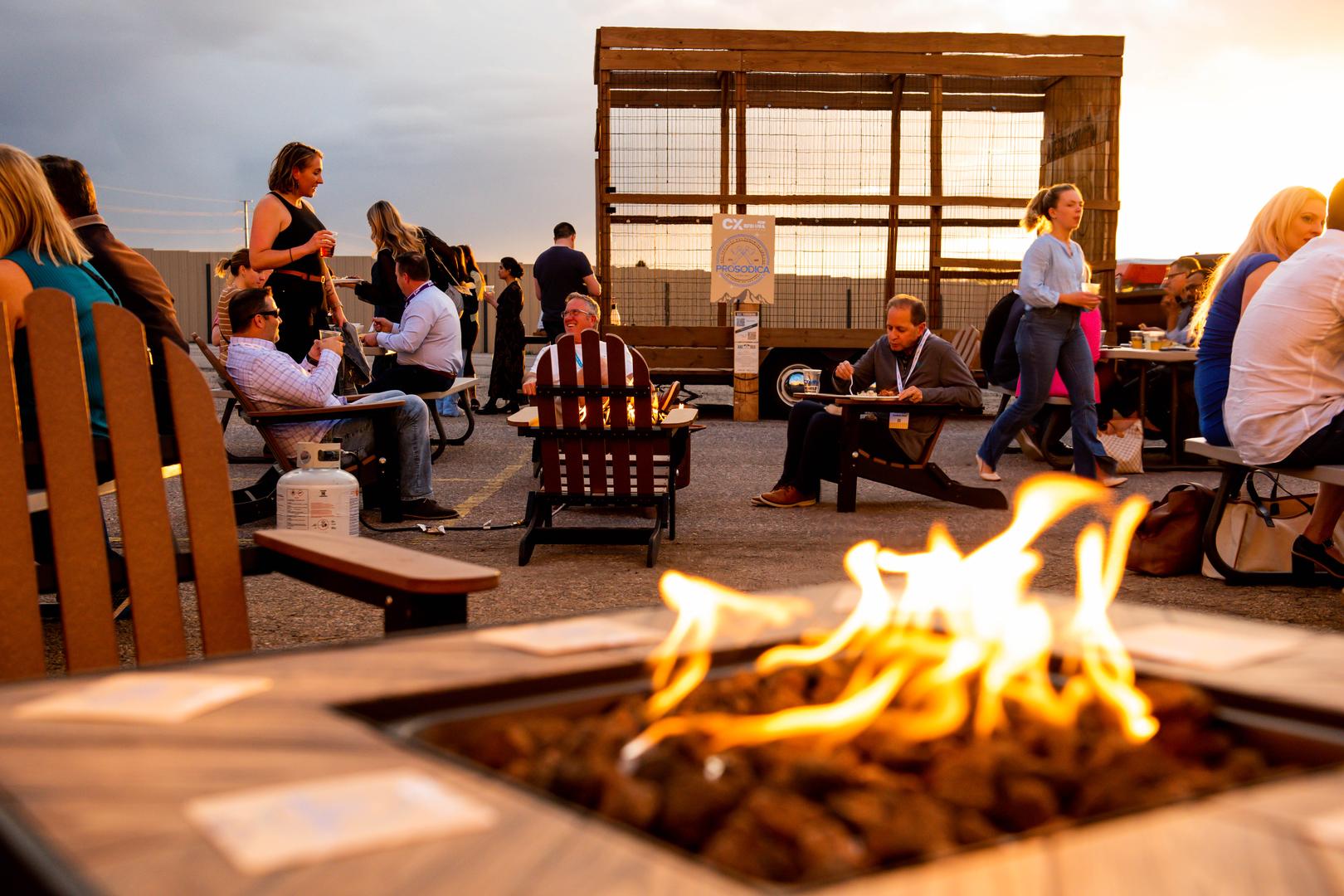

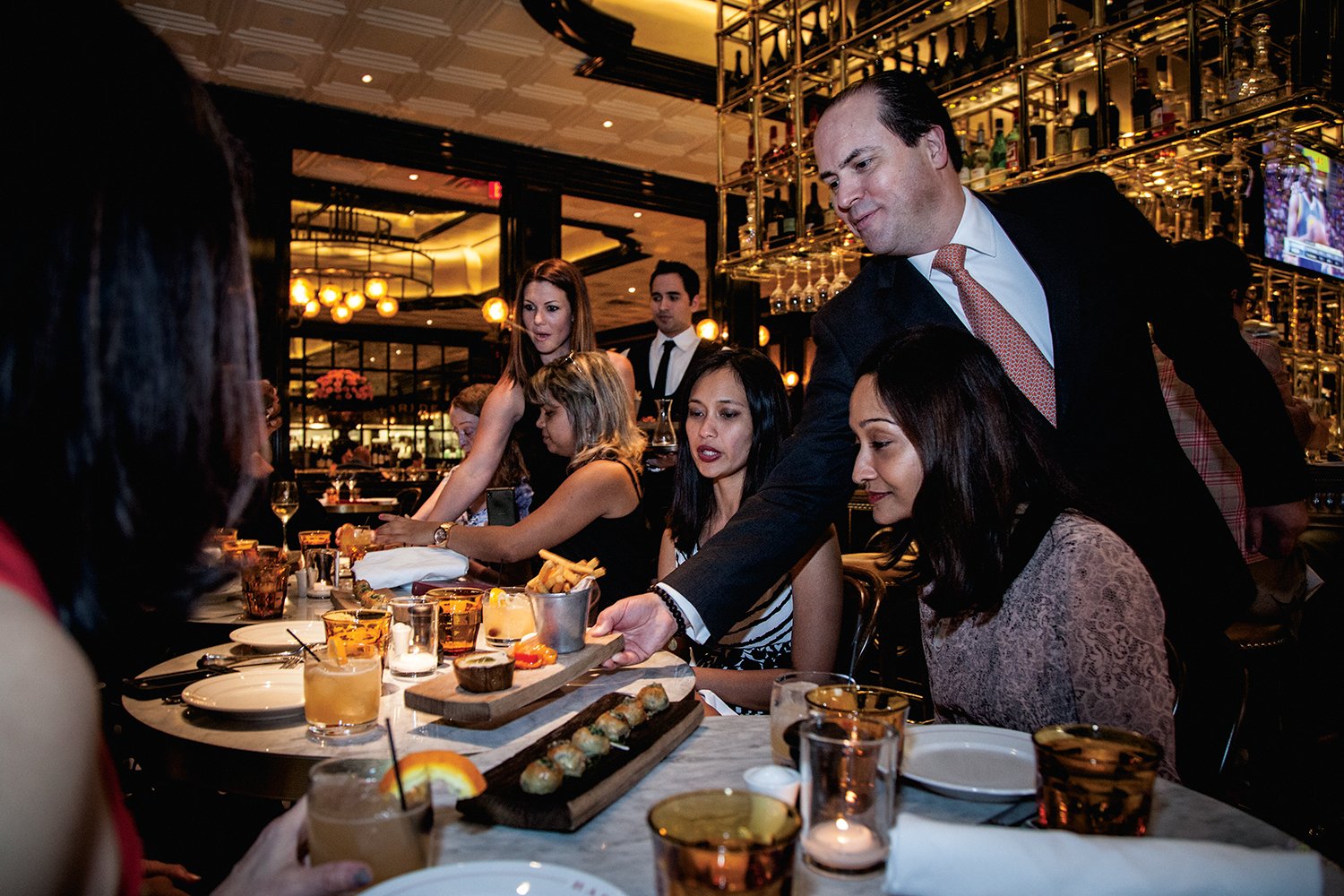
%20Where%20to%20Eat%20Near%20Willis%20Tower%20in%20Chicago.png)
